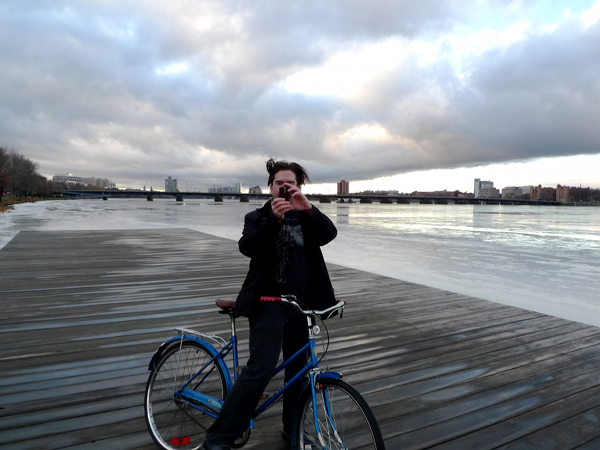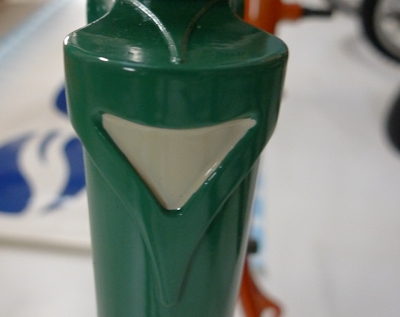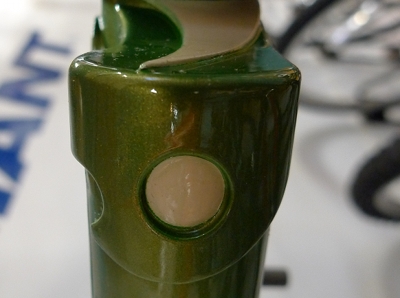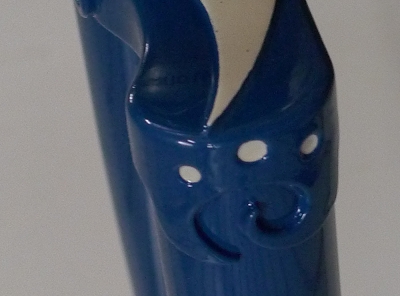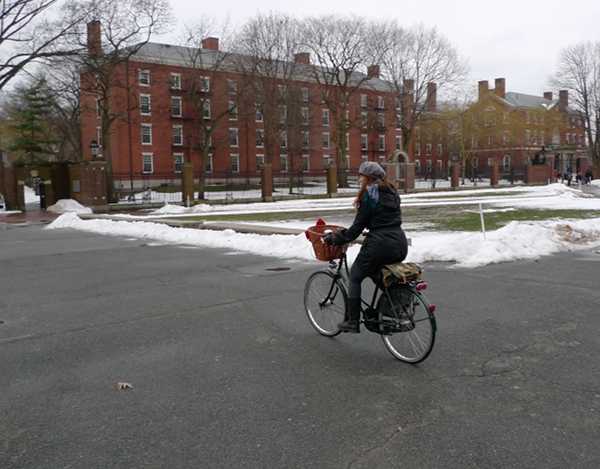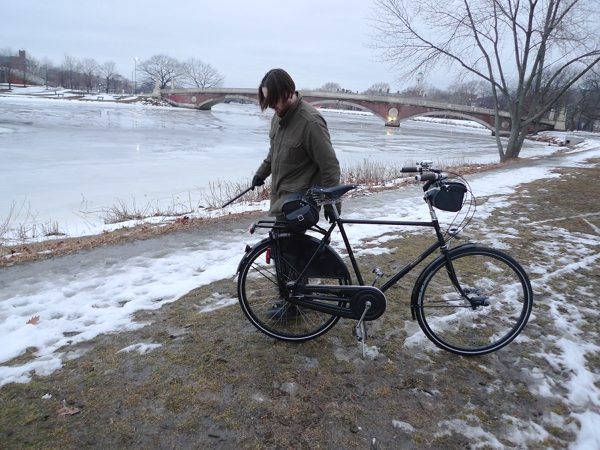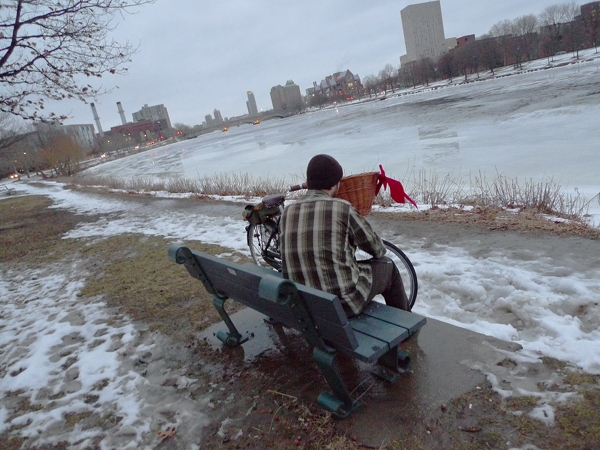TKC!
I got a letter in the mail today from a SportsLeader coach in Oregon. His team made it to the State Championship final ...
In his letter he very aptly put:
"Lou, Thought you would enjoy some info on our season. Also ... our team got a big silver trophy ... I got this letter from a parent ...
I'LL KEEP THE LETTER!"
I am not really sure how to say this... .l really want to tell you thank you from the bottom of my heart and soul!
I am not sure how much you know about JD's past, but let me start by saying it really was not the easiest of adolescent passages. He was physically struck by football "team mates", called "dirty Mexican, had his gear taken and broken, called "Radio" by coaches and team mates and much more.
Through all of this he defended these boys and coaches and made every attempt to fit in and be liked. He attended EVERY camp and extra practice. Unfortunately this never happened. He took this kind of abuse for years and it finally reached a point that he could take no more. I could see that he was about to loose it. He went to spend a weekend with his Uncle Marcos and Uncle Brad.
They spent time talking to him about what High School and sports meant to them. They didn't spend the time talking about the two football
championships they attended, but the lifelong friends and relationships they formed. Through lots of tears (mostly mine) we concluded that it was time to make a drastic change.
l knew that changing schools his junior year of High School would not be easy, but he was about to fail out of school and was reaching a deep depression. I tried talking with coaches and teachers to keep him focused. I was told that they didn't have time for one child because there were just too many others to worry about.
From day one everyone at JFK welcomed JD with such warmth. He grew not only in physical size (5' 9" to 6'), but I watched, as he became a great young man. A friend approached me one night to ask me, "what is up with JD?". She said that for years she would try to converse with him, but he would shyly look down and away as he spoke softly. She said that HE actually approached her to say hello looking her in the eye and shaking her hand!! She too noticed his physical change and obvious confidence.
I was so proud!! Some other changes he has made is his strength to stick up for the under dog. one day while watching Ty's baseball game, he pulled me aside and asked if he could have one of the boys over to work on some skills because he noticed he was struggling and he felt that he just needed someone to spend some extra time with him. Very proud moment.
His younger brother (who sports has come easily, he didn't lose a wrestling match for nearly two seasons) watched JD play at the Culver game. The Iook on his face was as if Walter Payton himself was playing on that field.
He said, "Wow, how does Jake do that, do you think I will ever be that good" ? Everyone in Silverton calls Ty the " Ben Roethlisberger" of Silverton, so I have attached a poem that Ben's college coach would read to him, as I found it very fitting and inspiring.
One afternoon Frank and I took some of the boys to lunch. As they finished and prepared to leave I nearly came to tears as I watched Ramon , JR, Daniel, and JD as they stood and hugged each other saying, "l love you man, see you tomorrow". That is a teammate, and those are the friends and relationships that Marcos and Brad talked about.
And at that moment all of those sleepless nights were worth every last tear.
JD is now passing his classes, and is looking at going to COLLEGE!!! I tell this story to as many people as will listen, and it still brings me to tears to realize just how far he has come. He never quit and for that he has become such a strong young man.
One day after practice JD came to the car with food once again. I asked him where he got it, and he said, " From coach Randy, because he loves me" . I asked how he knew that and he said, "Because he told me".
Yes, there were tears in my eyes AGAIN. I am forever indebted for the compassion that you have shown to my son. He came to you a very troubled boy, and Ieaves a respectable young man. What is most amazing is that my son isn't special, and he isn't the only boy on this team who feels as if he IS special. But he felt it every day on and off of the field.
JD made a goal during the summer to become Tri-River Conference defensive lineman of the year. He didn't accomplish that goal, but I know as I watched him play with hamstring pulls, fractures, and pneumonia he played to the best of his ability every game, ond he NEVER QUIT!
THANK YOU, THANK YOU, THANK YOU!!
'Don't Quit'
When things go wrong, as they sometimes will, When the road you're trudging seems all up hill,
When the funds are low and the debts are high, And you want to smile, but you have to sigh, when care is pressing you down a bit, Rest! if you must; but don't you quit.
Life is queer with its twists and turns, As everyone of us sometimes learns, And many a failure turns about when he might have won had he stuck it out
Don't give up, though the pace seems slow; You might succeed with another blow.
Often the goal is nearer than It seems to a faint and faltering man, Often the struggler has given up When he might have captured the victor's cup.
And he learned too late, when the night slipped down, How close he was to the golden crown.
Success is failure turned inside out; The silver tint of the clouds of doubt
And you never can tell how close you are, It may be near when it seems afar;
So stick to the fight when you're hardest hit; It's when things seem worst that you mustn't quit.
Anonymous
 As we head towards the New Year, I give you this image of our neighbor's awesome bicycle cover!
As we head towards the New Year, I give you this image of our neighbor's awesome bicycle cover!



